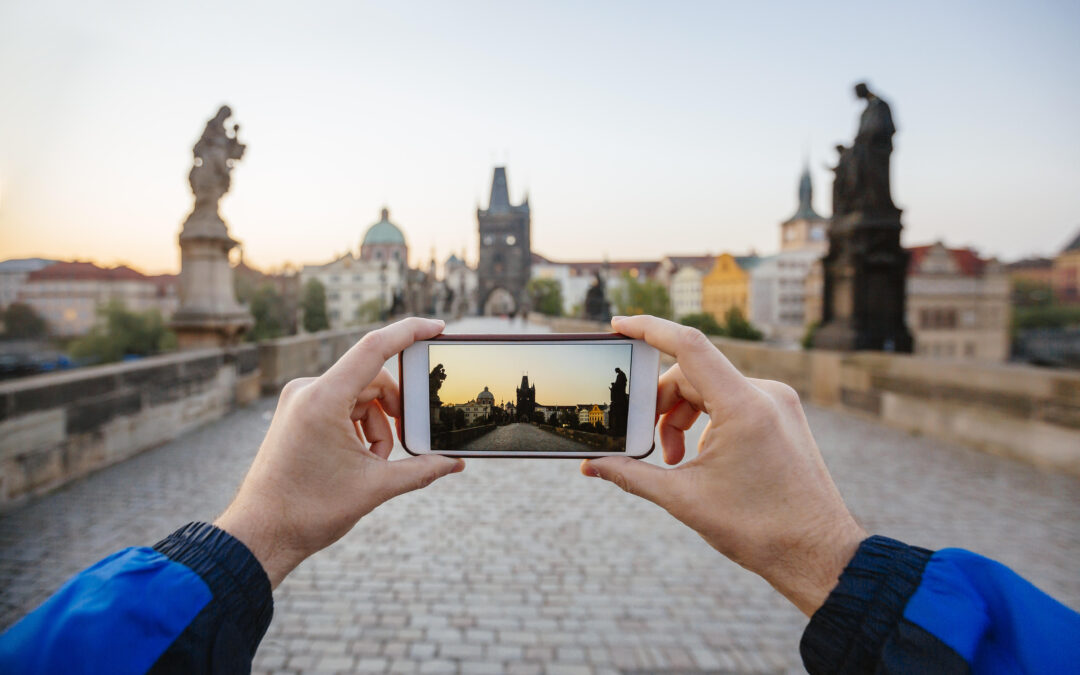The European Capital of Smart Tourism initiative, run by the European Commission, showcases outstanding innovation in European tourism. Each year, cities compete and share their most successful practices across four key categories: Accessibility, Sustainability, Digitalisation, and Cultural Heritage & Creativity.

Categories of Smart Tourism
The concept of Smart Tourism is built around four main pillars that guide how destinations innovate and improve their tourism offerings.
- Accessibility ensures that travel experiences are inclusive and welcoming to everyone, including people with disabilities, families, and older travelers.
- Sustainability focuses on minimizing the environmental impact of tourism while supporting local communities and protecting natural and cultural resources.
- Digitalisation leverages new technologies—such as mobile apps, real-time data, and smart infrastructure—to enhance visitor experiences and improve destination management.
- Cultural Heritage and Creativity celebrate a city’s unique identity by promoting its traditions, arts, and local stories through innovative and engaging formats. Together, these categories define a forward-thinking, people-centered approach to tourism development in Europe.
Leading City Case Studies
Here are standout examples from recent years:
1. Accessibility
- Lviv (Ukraine) delivers inclusive tourism services tailored to people with disabilities.
- Brussels and Kaunas (Lithuania) improved access to cultural venues and local events.
2. Sustainability
- Grosseto (Italy), winner of the 2024 Green Pioneer award, demonstrates sustainable tourism through strategic green transitions.
- Dublin (Ireland) serves as European Capital of Smart Tourism 2024, showcasing sustainable transport, carbon-neutral buildings, and responsible tourism management.
3. Digitalization
- Many cities deploy smart apps and real-time data tools to inform and personalize visitor experiences, including navigation, time slots, and events .
4. Cultural Heritage & Creativity
- Cities embrace local arts and creativity: organizing digital cultural tours, interactive heritage storytelling, and creative public installations .
Why These Practices Matter
These practices matter because they:
- Encourage innovation across the tourism sector.
- Enhance inclusivity, making destinations accessible to all.
- Promote sustainability, reducing environmental impact.
- Preserve cultural identity, using creativity and heritage.
- Facilitate learning and collaboration, through EU-sponsored knowledge exchange..
In Summary
The European Capital of Smart Tourism program highlights how cities like Lviv, Grosseto, Dublin, Brussels, and Kaunas are setting standards in smart tourism. By combining accessibility, sustainable practices, digital tools, and rich cultural experiences, these destinations redefine tourism—making it more inclusive, eco-conscious, engaging, and respectful of local heritage.

